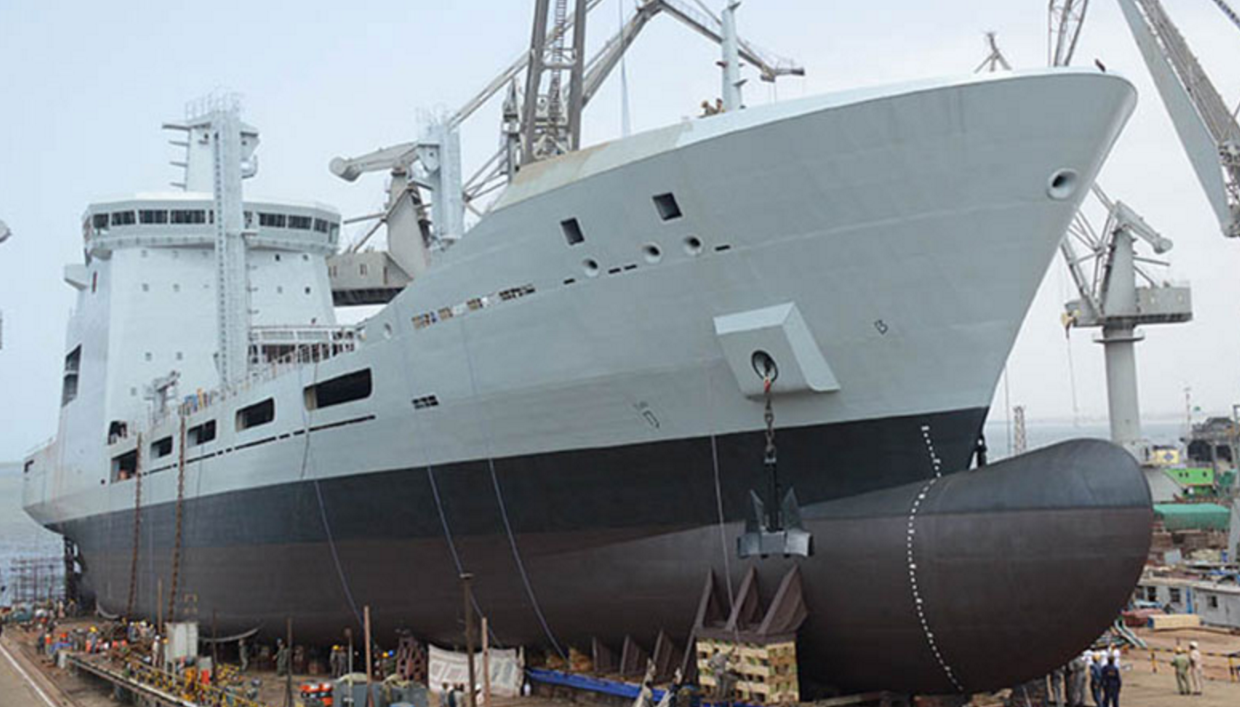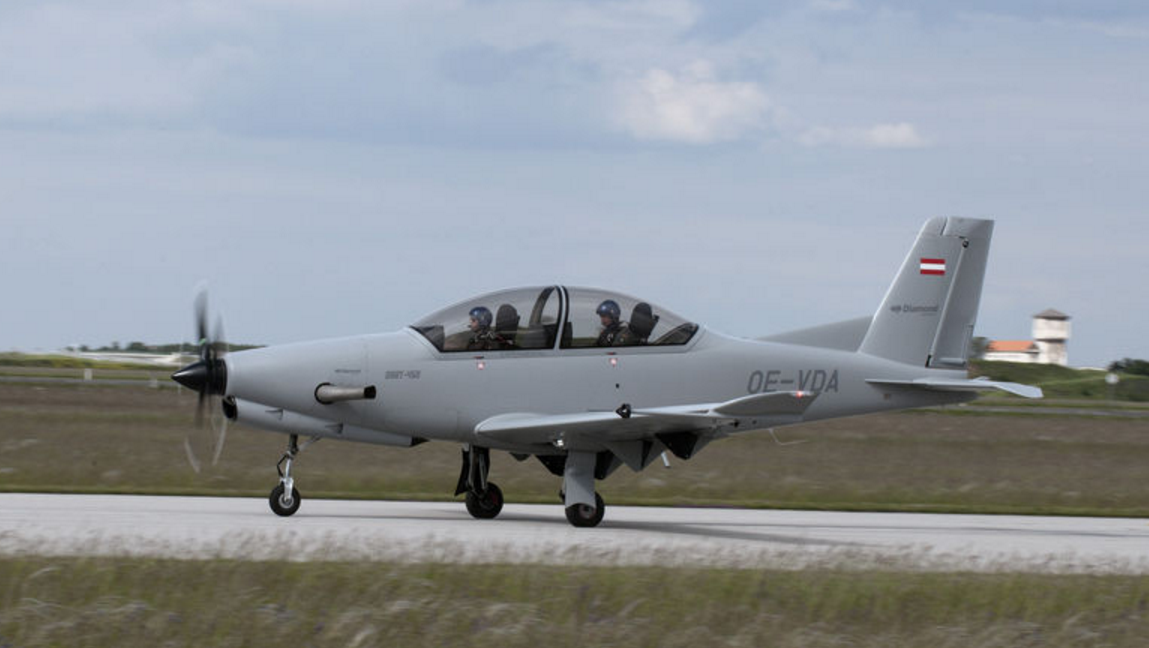2377Views 8Comments

Pakistani Senate Committee recommends expediting Gwadar Shipyard
In a hearing on July 26 with Pakistan’s state-owned defence industry firms, the Pakistani Senate’s Standing Committee on Defence Production recommended expediting the development of the Gwadar Shipyard.
According to the state-owned Associated Press of Pakistan (APP), Karachi Shipyard & Engineering Works (KSEW) had briefed the Committee on the progress of the program, stating that it had been moved to the Prime Minister and Planning Commission for approval.
Concerned that the program has been delayed, the Committee called for the process to be expedited.
“We strongly recommend that efforts should be expedited to set up the shipyard,” said Committee Chair Lt. Gen Abdul Qayyum, who then added, “We need to work to set up more dams and shipyards as these are necessary for a bright future.”
Abdul Qayyum had noted that there were “concerns” regarding the stewards of the program, which is the Ministry of Defence Production (MoDP). Some recommended that the Gwadar Shipyard be placed under the mandate of the Ministry of Ports and Shipping.
The Committee was also told that a Chinese partner was willing to invest in the Gwadar Shipyard program.
Currently, the entirety of Pakistan’s maritime development activities is undertaken by KSEW, which itself is scheduled to undergo infrastructure expansion and modernization.
In July, KSEW signed a $30 million U.S. deal with Norway-based TTS Group for the Syncrolift ship lift-and-transfer system. The MoDP intends to link – via rail – the Syncrolift with 13 in-land workstations, enabling KSEW to expand its capacity and ship turnover “by three times.”
Notes & Comments:
The MoDP’s 2015-2016 annual yearbook outlined that KSEW will manage the construction of the Pakistan Navy’s next-generation submarines, corvettes and submarine rescue and salvage vessel. KSEW will also undertake a new miniature submarine program and, should it come to fruition, new fast attack craft (FAC) for the Pakistan Navy. Even with capacity expansion, it seems that KSEW will retain its primary focus of serving defence requirements, which could then leave an opportunity for private or joint public-private ventures to utilize Pakistan’s civil and commercial shipbuilding potential.
The Gwadar Shipyard appears to be an attempt at the latter (i.e. commercial shipbuilding), especially as a Chinese investor is reportedly willing to engage in the program. While infrastructure development is one aspect, Gwadar Shipyard’s long-term potential is contingent on sustainable domestic and foreign orders. If the Gwadar deep-sea port succeeds in generating activity, that should propel Gwadar Shipyard to build barges, survey vessels, tugs and floating docks to support the port’s activities. Growth in Pakistan’s trading sector – i.e. its Merchant Navy – could see the construction of new freighters.
However, despite the potential growth – and possible need – the Gwadar Shipyard as well as Port Qasim Shipyard initiatives have repeatedly fallen into bureaucratic inertia. According to the Pakistani news outlet the Daily Times (in September 2016), both programs were repeatedly shelved in the Ministry of Ports and Shipping due to new officials pivoting from the priorities of their predecessors. However, statements from the recent hearing with the Senate Standing Committee for Defence Production suggests that the Gwadar Shipyard project is now under the aegis of the MoDP.
The original plan (from 2007) for Gwadar Shipyard was to establish it at Gwadar East Bay with the capacity to ultimately construct ships of very large crude carrier and ultra large crude carrier dimensions and mass. Gwadar’s two drydocks were planned to handle up to 600,000 dead weight tonnage.



8 Comments
by jigsaw
“We need to work to set up more dams and shipyards as these are necessary for a bright future.”
That’s an interesting comparison…lol
by Operation Trinity
Pakistan should really develop its coastal areas and work towards inland waterways along the indus river system and its canals.
by Steve
Excellent plan. Foreign orders are necessary to earn money and expedite development. Pakistan’s problem is not much cash in the system, hence delays and loans etc. We can build civilian vessels like fishing trawlers and container ships. Quality and reliability is the key. Also foreign collaboration. Learn form people who know…
by Sami Shahid
Government should really set up a Gwadar shipyard because in case of war with India our KSEW would be under threat so in order to keep the supply of frigates & FAC’s we would require another shipyard at a much safer place.
by Shakeel
I think the problem lies, once again with the political structure in Pakistan.The world’s leading shipyard company STX Corporation was willing to help Pak shipbuilding infrastructure a few years ago, but Mr Rana Tanveer was not forthcoming. South Korean companies have invested in Pak’s hydrodams, automobiles. If the political atmosphere was more conducive in Pak they would have helped us to set up an international level shipyard in Gwadar.
Notice how the political atmosphere was took a new dimension during the post Nawaz phase. They are all lining up like vultures to loot & plunder Pak once again. They are celebrating bcz they know their breadbaskets are about to be filled. This includes the new crop such as the PTi. Those who think that Imran Khan’s mob are any better are living in a fools paradise.
by Steve
I agree 100%. But this sacking of NS if followed by charges may be a lesson to others, and maybe with enough checks and balances they can for once be forced to put the country rather than themselves and their families first. They won’t do it voluntarily.
by Rizwan
Developing inland waterways is limited by the high amount of silt in the Indus and its canals. This would require frequent dredging to maintain the depth required for navigation. The British would have done it if it was economically feasible.
by jamshed_kharian_pak
the actual Senate’s Standing Committee on Defense Production we do not believe them COAS must take under theirs Command until we have a New and stable Govt